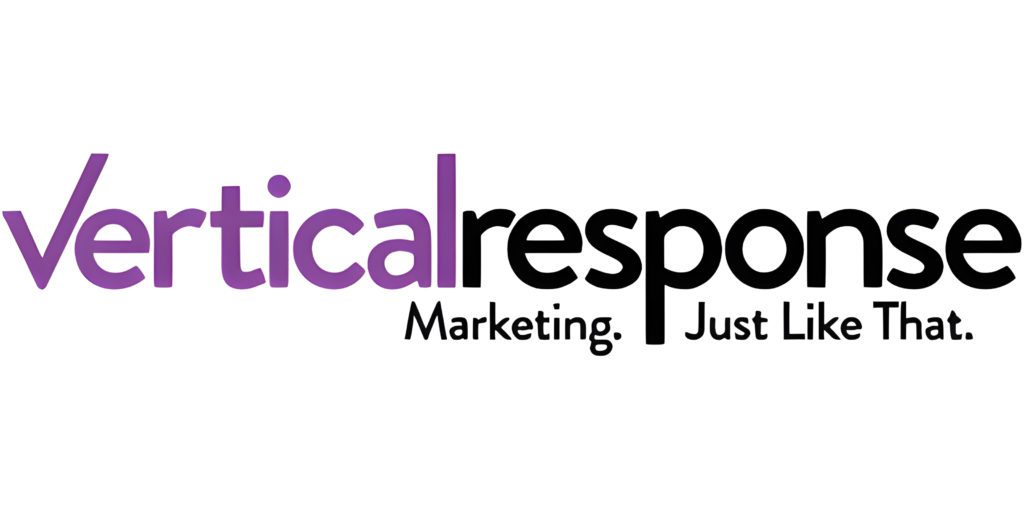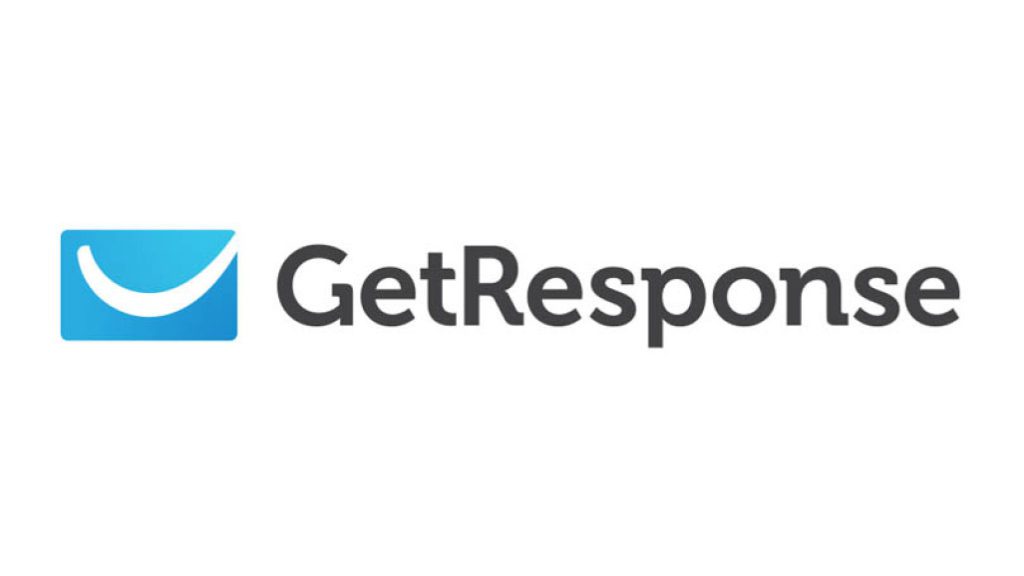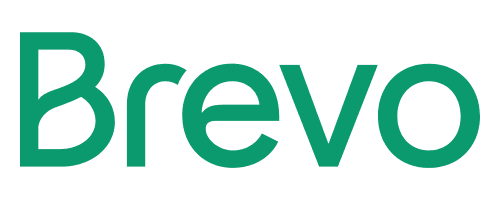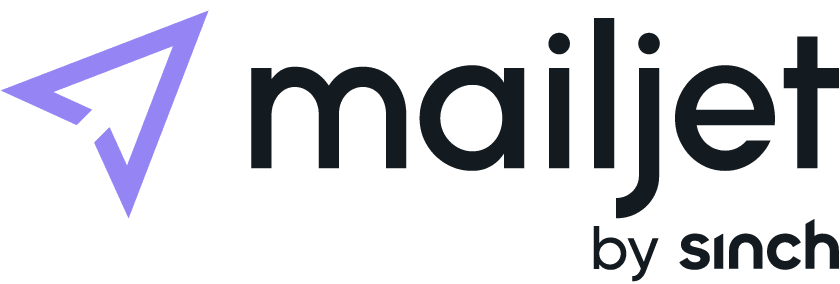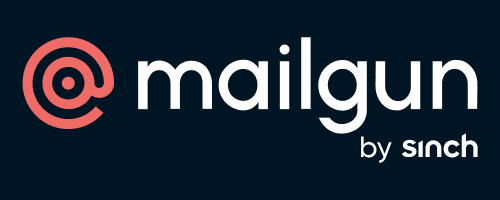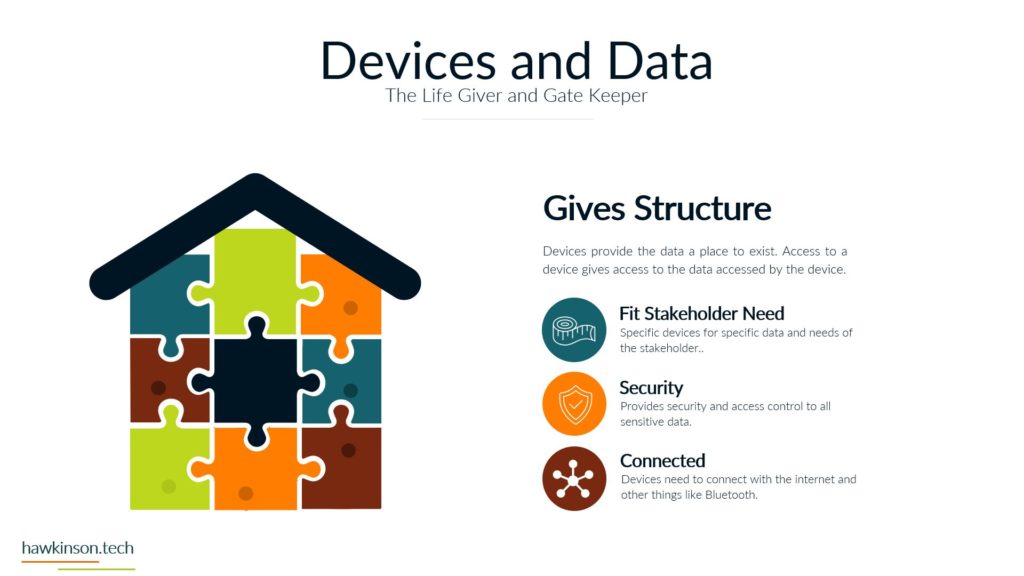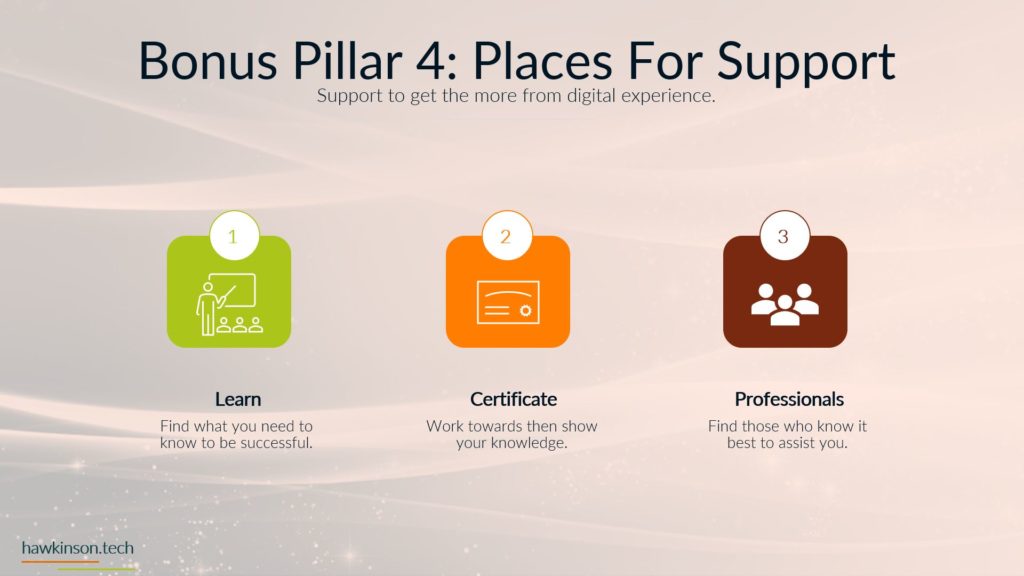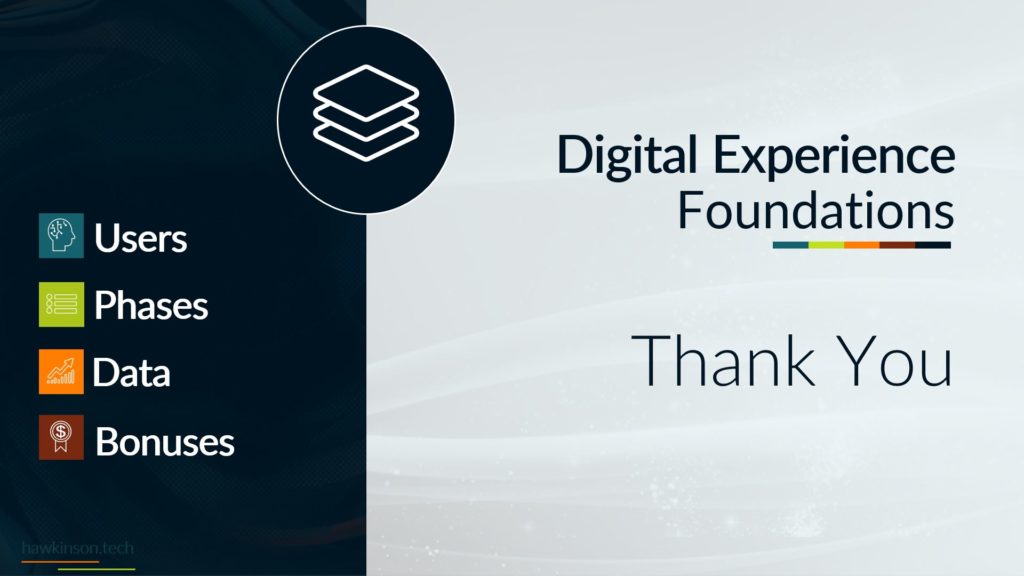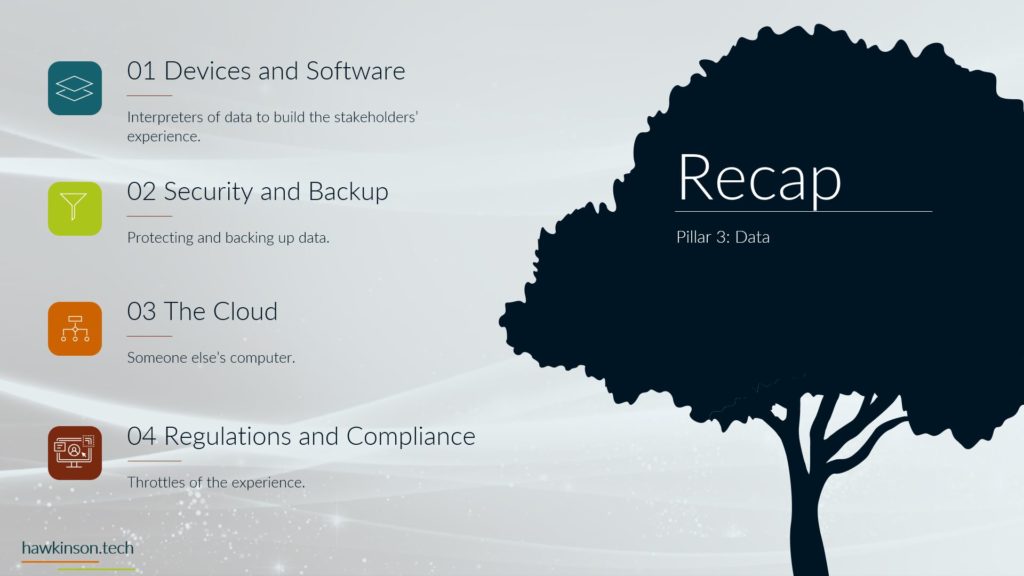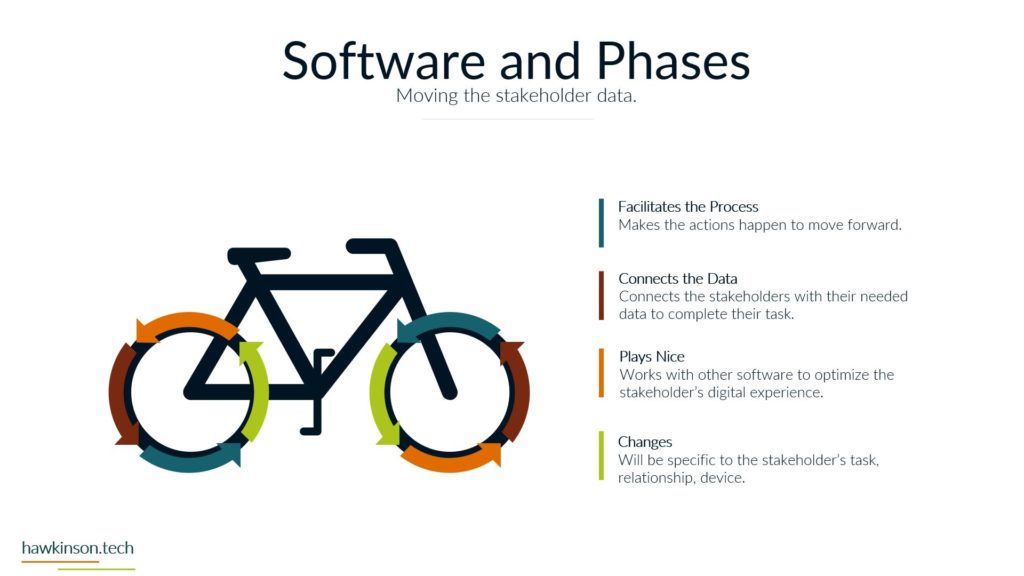A functional and visually appealing website in today’s fast-paced digital world is crucial for businesses and individuals. However, not everyone has the technical skills or the time to develop a complex website. This is where no-code and low-code tools come into play. Thanks to their user-friendly interfaces and pre-built features, these tools enable users to create dynamic websites with minimal coding knowledge.
This article will discuss some of the best no-code and low-code tools to build a complex dynamic website, focusing on plugins for WordPress and other solutions that make adding custom fields and drag-and-drop features easy.
Elementor
Elementor is a popular no-code website builder for WordPress that allows users to create fully responsive and visually stunning websites without coding knowledge. With its intuitive drag-and-drop interface, users can design custom layouts, add elements such as text, images, videos, and forms, and even create advanced animations and interactions.
Elementor also offers a vast library of pre-designed templates and blocks, making it easy to get started and customize your website to match your brand’s look and feel. Furthermore, Elementor can work with almost all themes and solutions present in WordPress, so you can easily integrate it.
Divi
Divi is another popular no-code WordPress theme and page builder that provides users with extensive design and customization options. With its visual builder, users can create and edit their website’s layout in real time, making it easy to see the changes as they happen.
Divi comes with over 800 pre-made designs and 100+ full website packs, allowing users to import complete designs with a single click. Additionally, Divi’s built-in split testing and conversion rate optimization tools help users create high-converting websites that drive results.
Advanced Custom Fields
Advanced Custom Fields (ACF) is a powerful low-code WordPress plugin that allows users to add custom fields to their website’s back-end and front-end. With ACF, users can create custom meta boxes, fields, and options pages to store and manage additional data for their website’s content.
ACF supports various field types such as text, textarea, image, file, gallery, and more, making adding custom data to posts, pages, and custom post types easy. Moreover, ACF integrates seamlessly with popular page builders like Elementor and Divi, allowing users to display custom field data on their website’s front end using dynamic content features.
Crocoblock
Crocoblock is a comprehensive set of tools and plugins for WordPress that helps users quickly build dynamic websites. With its suite of plugins, users can create custom post types, custom fields, and custom taxonomies, design advanced search and filter options, and build visually appealing pages using the drag-and-drop interface.
Crocoblock’s flagship plugin, JetEngine, enables users to build complex websites with dynamic content without coding knowledge. Additionally, Crocoblock offers various other plugins, such as JetSmartFilters, JetSearch, and JetBooking, that add advanced functionality to your website, making it more interactive and user-friendly.
Meta Box
Meta Box is a powerful low-code WordPress plugin that allows users to create custom meta boxes and custom fields for their websites. With Meta Box, users can easily add additional information to their posts, pages, and custom post types, making their website more dynamic and informative.
Meta Box supports various field types, including text, textarea, image, file, date, and more, allowing users to store and manage a wide range of data. Furthermore, Meta Box integrates with popular page builders like Elementor and Beaver Builder, enabling users to easily display custom field data on their website’s front-end.
Toolset
Toolset is a suite of low-code plugins for WordPress that helps users create custom websites without coding knowledge. With Toolset, users can build custom post types, custom fields, and custom taxonomies, design advanced search and filter options, and create responsive front-end templates using the drag-and-drop interface.
Toolset’s powerful features, such as its Views plugin, allow users to display custom field data on their website’s front end, creating dynamic and interactive content. Additionally, Toolset integrates with popular WordPress themes and plugins, ensuring a seamless website-building experience.
Other WordPress Plugins to Enhance the Look and Feel of Your Website
While the no-code and low-code tools mentioned above are excellent for building dynamic websites, numerous other WordPress plugins can help enhance the look and feel of your website, making it more visually appealing and user-friendly. Here are some popular plugins that can further improve your website’s design and functionality:
1. Slider Revolution
Slider Revolution makes your website carousels, hero sections, and other bits much more enjoyable. You can now create stunning sliders, carousels, and hero sections for your website. With its intuitive visual editor, you can easily add images, text, videos, and animations to your sliders, creating engaging and interactive content that captures your visitors’ attention.
2. WPBakery Page Builder
WPBakery Page Builder is a versatile drag-and-drop page builder plugin for WordPress, allowing you to create custom layouts and designs for your website. With its easy-to-use interface and extensive library of elements and templates, WPBakery Page Builder makes designing unique and visually appealing pages that match your brand’s style simple.
3. Essential Grid
Essential Grid is a premium WordPress plugin that enables you to create beautiful and responsive grids for your website’s content. With its flexible and customizable grid system, you can display your posts, pages, images, and other content in various grid styles, such as masonry, justified, or cobbles, making your website more visually engaging.
4. Max Mega Menu
Max Mega Menu is a user-friendly WordPress plugin that allows you to create responsive and customizable mega menus for your website. With its drag-and-drop interface, you can easily add menu items, such as links, images, widgets, and shortcodes, creating a visually appealing and easy-to-navigate menu system for your visitors.
5. Envira Gallery
Envira Gallery is a responsive WordPress gallery plugin that allows you to create beautiful and mobile-friendly image galleries for your website. With its drag-and-drop builder and pre-built templates, you can easily create stunning photo and video galleries that showcase your work or products engagingly.
6. WP Go Maps
WP Go Maps is a feature-rich WordPress plugin that allows you to add customizable and interactive Google Maps to your website. With its easy-to-use interface, you can create custom maps with markers, lines, shapes, and other features, making it simple for visitors to find your location or explore your service areas.
7. FontAwesome
FontAwesome is a popular icon library and WordPress plugin that provides thousands of scalable vector icons to enhance your website’s design. With FontAwesome, you can easily add icons to your buttons, menus, lists, and other elements, giving your website a polished and professional look.
Incorporating these plugins into your WordPress website can further enhance its look and feel, providing visitors with an engaging and visually appealing browsing experience. With the right combination of design and functionality, your website will look great and perform well, driving better results for your business or personal brand.
Conclusion
In summary, no-code and low-code tools like Elementor, Divi, Advanced Custom Fields, Crocoblock, Meta Box, and Toolset make it easy for users to build complex dynamic websites without extensive coding knowledge. By leveraging these tools, users can create visually appealing and interactive websites catering to their needs and requirements.
Whether you’re a business owner, freelancer, or hobbyist, these no-code and low-code tools can help you save time and effort while creating a stunning and functional website. So, explore these tools to build the dynamic website of your dreams!











